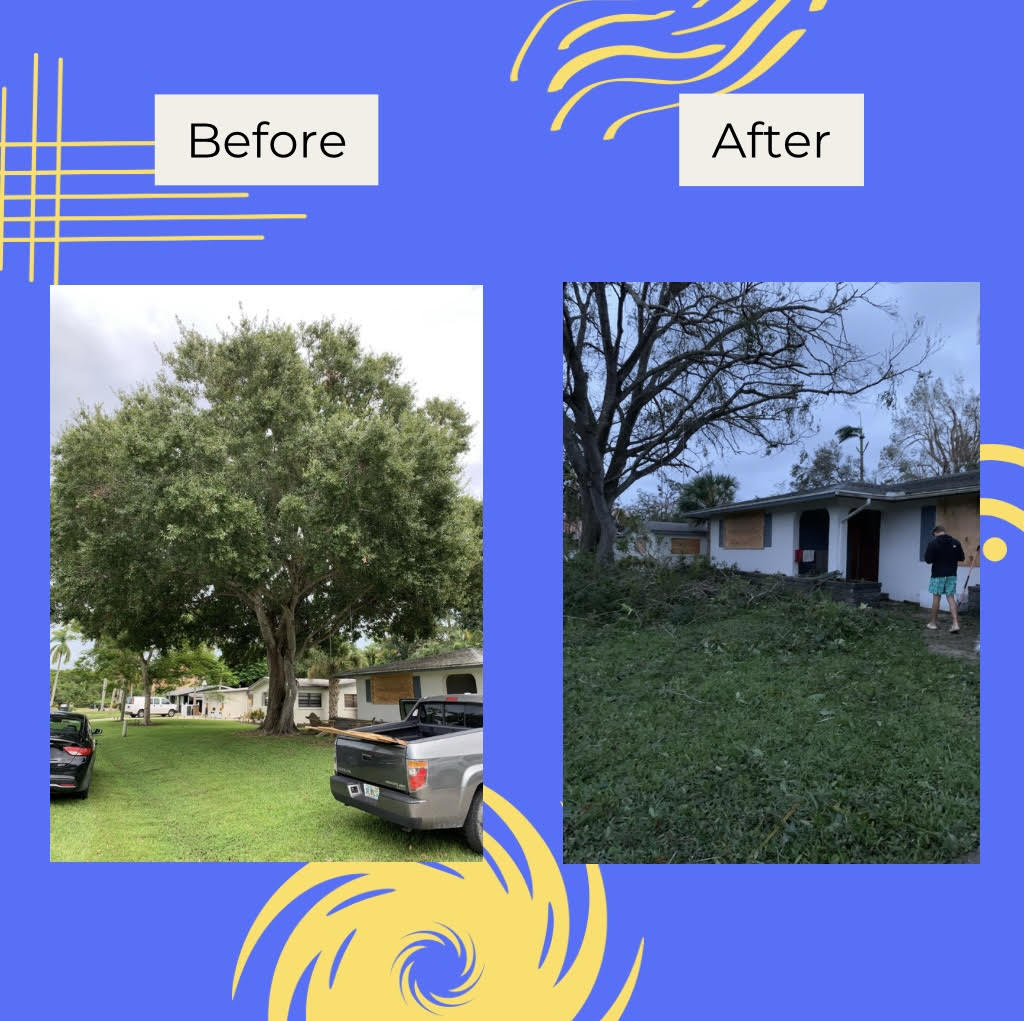Hurricane Ian made landfall in Florida this past Wednesday hitting the Fort Myers and Cape Coral areas initially before making its way across the peninsula. After reaching the ocean again, the hurricane traveled back towards the mainland, landing just north of Charleston, South Carolina making its way up the east coast.

Fort Myers and the rest of Florida may be over 1,300 miles away, but even students here at Quinnipiac are feeling the effects.
“My house took on 14 inches of water and my city [Fort Myers] took over 15 feet [from] the storm surge,” said Harley Glasgow, a senior criminal justice major at Quinnipiac University and a Fort Myers resident. “Rubble is everywhere, houses picked up off its beams and moved, businesses being drifted away by water.”
Across most of Florida, especially the western coast, evacuations were advised or required. Most residents followed the advice and left the area to pursue safety.
Scott Palmeri, a Quinnipiac senior finance major, was worried for friends and family in Florida before the storm. Palmeri’s sister Jill is a freshman at Florida Gulf Coast University, located in south Fort Myers.
Like most of Fort Myers, Florida Gulf Coast University was required to evacuate. “She moved to my house in Marco Island to stay there through the storm and thank god, she is okay,” Palmeri said.
According to Palmeri, there was no damage to his house.
“However there is a ton of garbage and debris everywhere in the yards,” he said. “The streets are all flooded.”
Hurricane Ian caused millions of dollars of structural damage across Florida, but no amount of money can repair the memories lost to the storm.
“My life that once was everything, was just washed away before me and all I could do was watch at a distance,” Glasgow said.
All that was in the hurricane’s path has either been damaged or destroyed. Florida residents will need to access, plan and rebuild. Thankfully, help is on the way from the U.S. government.
Thursday morning, President Joe Biden approved a Major Disaster Declaration. Federal funding is to be freed to assist in the storm clean-up and recovery process for the state of Florida.
“It’s so scary though, my mom and dad said they have started releasing the body count and it just keeps rising as the day goes on,” Glasgow said. “There have been people found on the beach and under houses.”
The confirmed death toll is currently at 68, 61 alone in the state of Florida according to the Associated Press. Most of those deaths can be attributed to drowning, caused by storm waters.

Florida natives have proved to be strong, resilient and smart. This isn’t the first, nor will it be the last time a storm like this moves through the area, but Floridians will be prepared.
“For future situations, obviously I would still be nervous, but I know they would take the necessary precautions,” said Lauren McNamee, a senior behavioral neuroscience major at Quinnipiac, who has family in the Tampa Bay area. “My family has always lived in Florida, so they are used to hurricane weather.”

